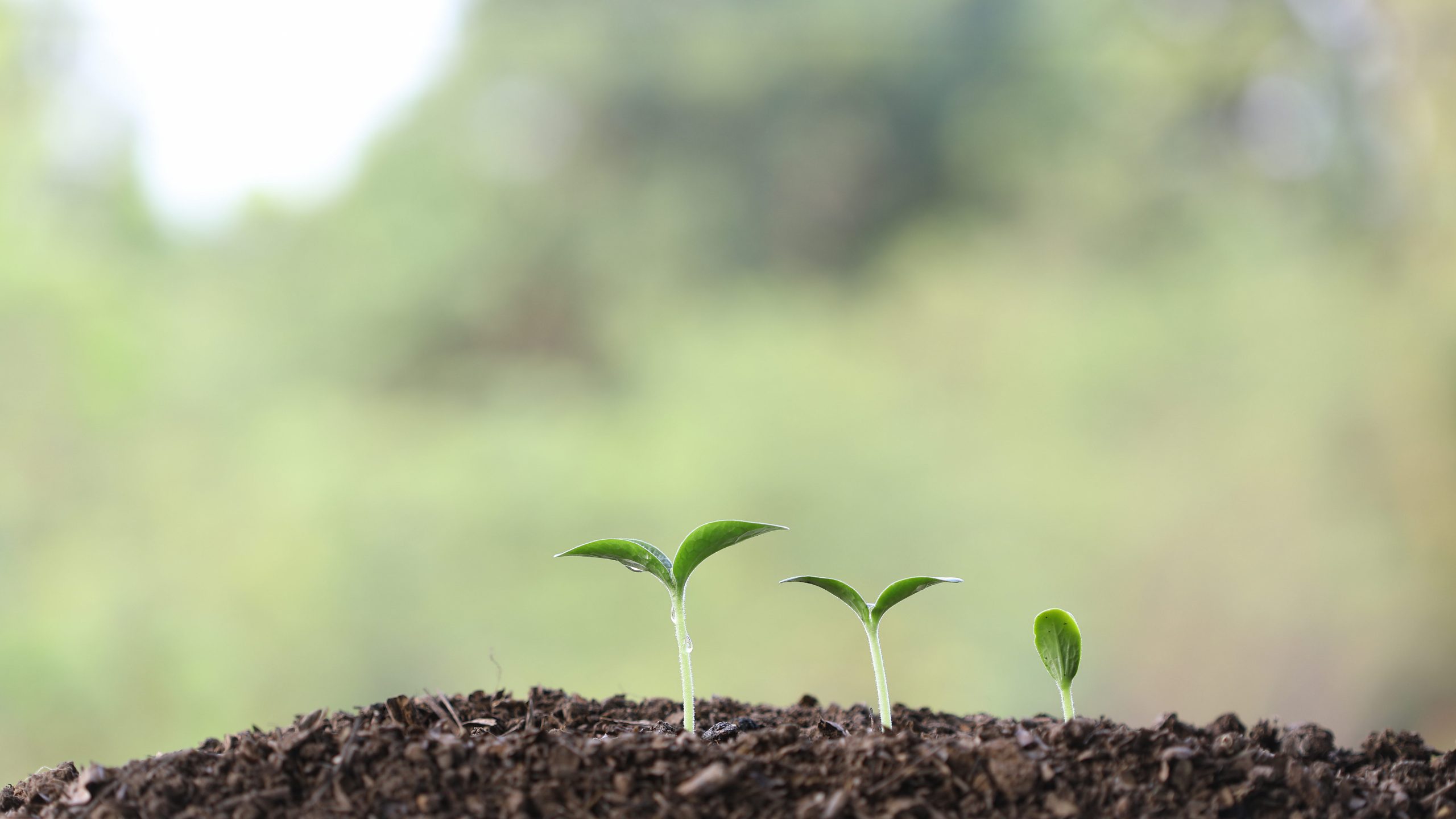A public healthcare emergency like the ongoing pandemic hurts every aspect of human life and economy cannot remain insulated. Agrochemicals also has been affected by the rapid spread of the contagious diseases that forced the economy to shut. The pandemic struck us at a time when the Rabi crops were being harvested and fear was rife that lockdown will delay harvesting due to shortage of labour. Even if it is harvested, taking them to the market place will be challenging. Fish and poultry suffered due to fear of being the carrier of the virus poultry prices fell while fish prices became highly volatile. Having said all of that, economy has started going back to normal with the phased unlocking of the country. For the agrochemical industry though, the long-term outlook is uncertain, for it cannot be said when the situation will improve with the arrival of a sure medicine or a vaccine.
Good rain means good uptake
The normal forecast of monsoon was a big boost for the agri sector after the widespread locust attack and difficulties with harvesting and marketing rabi crop due to lockdown. As of early July, kharif crop sowing is reportedly 88 per cent higher than the last year and timely onset of monsoon ensuring better water availability is facilitating crop acreages. Rice sowing covered 68.1 lakh hectares this year as compared to 49.2 lakh hectares last year, while oilseeds grew more than 3 times to 109.2 lakh hectares from last year’s 33.6 lakh hectares. Pulses covered 36.8 lakh hectares, 4 times more than last year’s 9.5 lakh hectares while coarse cereals coverage doubled to 70.7 lakh hectares. Whether the rains prove to be a shot in the arm for kharif crops is a matter will be evident with time, though some analysts suggest that it will help the domestic agriculture-inputs industry to enter a favorable phase of growth after lukewarm growth for the past three years and expect more than 20 per cent growth in the first quarter. Good rain will also ensure ample water is available for the rabi crops, which will come at a time when, we should be hopeful that the process of unlocking has expanded.
Proposed Ban on domestic use will affect uptake
In may this year, the government suddenly proposed ban on export and domestic use of 27 molecules, stating they are harmful for the local environment. All the 27 generic pesticides were used in India since 1970 without any risk or adverse impact to humans, animals and environment, and are registered by regulatory authority CIB&RC. The agrochemical industry has lodged a strong protest as the ban disregards FAO’s advice that climate, crop grown, pests and diseases must guide the choice of pesticides for every country, due to which the ban on export has been lifted under conditions. The banned molecules produce more than 130 formulations used by the farmers for crop protection who are likely to face increased farm input cost. The generic pesticide formulations to be banned is priced at INR 350 to INR 500 per liter, a range that is economic and affordable to most of the farmers. These proposed to be banned pesticides comprise 30-40 per cent of the domestic market and the alternative available will be branded, readymade and expensive ones produced by the MNCs. With the ban if finally imposed, the imported alternatives will be priced in the range of INR 1,200 to INR 2,000 per liter – 4 to 5 times more costly than now. The ban, while at one hand increases cost for farmers, decimates the market for manufacturers, without any solid evidence and adequate opportunity to the industry to present their case.
Short supply of technicals due to poor import
With the spread of coronavirus, China stopped the shipments of raw materials, crucial for the products developed here which created a gap, though the supply is regularized in the latter half of the Post Covid period. Indian agrochemical companies import an estimated 50 per cent of the raw material it needs.
However, the R&D, domestic manufacturing capabilities at home is not robust enough to fill this gap. The Indian crop protection market is worth Rs 20,000 crore with 125 technical manufacturers and over 800 formulators in 2017, with 15-20 big multinationals dominating the market. However, domestic manufacturing has not received the much-needed attention. Promoting domestic manufacturing, especially for raw materials as is proposed for the pharmaceutical sector, will take care of one of the
biggest concerns of companies as the cost of raw material will be under control. The current model of production makes India a profitable manufacturer but not a producer. According to the data by Agriculture Science and Technology Indicators (ASTI), India currently spends 0.30 per cent of agriculture GDP on agricultural research, which is just half the share invested by China (0.62 per cent). 2 India spends far less a percentage of its GDP for R&D expenditure as compared to much lower than the US, China,
South Korea and Israel, as per the Economic Survey 2017-18. It is only imperative on part of the government to facilitate R&D to boost domestic manufacturing. Tax holidays and free land are some of the measures the government can take to help Indian agrochemical companies develop their manufacturing capabilities.

